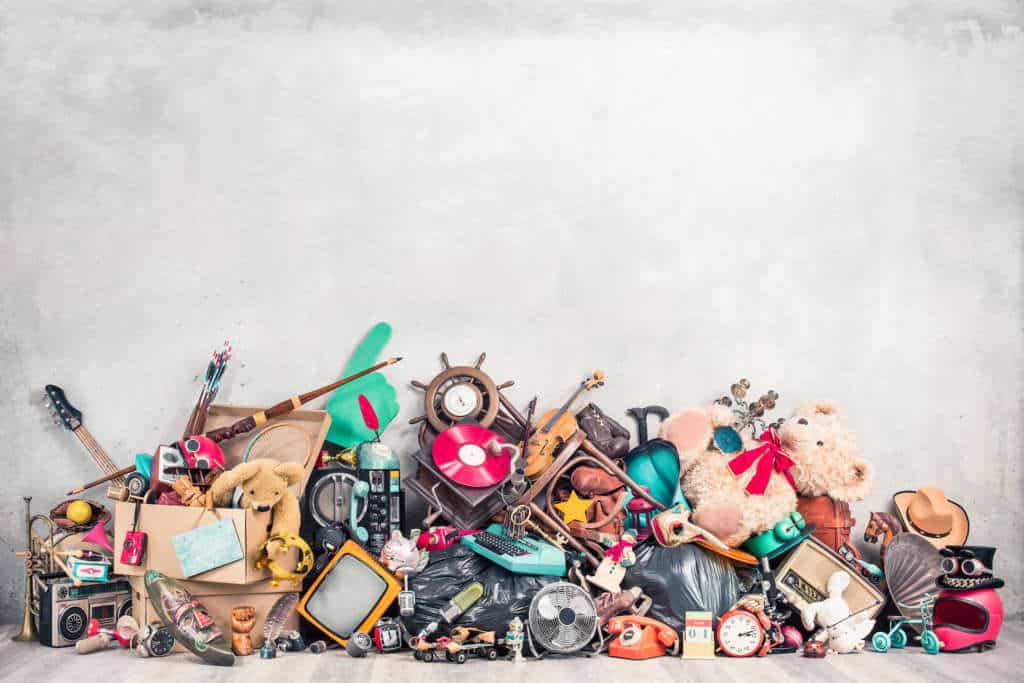Compulsive Hoarding Disorder
There are some people who find it very difficult to get rid of their possessions, they tend to keep them even though the possessions are now useless. They feel very distressed when they have to leave part of them or even just think about it, and this is called compulsive hoarding disorder.
What is compulsive hoarding
A psychiatric disorder characterized by overstocking old things, keeping them, and being unable to dispose of them, they may not have real value. For example, someone who can’t get rid of old magazines, books, or receipts that no longer important.
The reason for storing those things might be because they have deep memories with them or in anticipation of the need for them later. As well, the house in which the patient lives may be characterized by randomness to the extent that living in it can be very difficult.
Causes of compulsive hoarding disorder
There are several things that may cause hoarding disorder, including:
1. A person’s certainty that what he collects may benefit him or her at some point
2. The association of this property with certain memories he or she has
3. Loneliness, or going through a difficult childhood that leads to the possibility of suffering from this condition.
4. Family history where the incidence of compulsive hoarding increases if there is another family member with this disorder.
5. Dysfunction of the brain and nerves that can sometimes lead to this disorder.
6. Life stresses or some trauma, such as losing a loved one, can led to compulsive hoarding or worsen symptoms.
Symptoms of compulsive hoarding
The initial symptoms of hoarding disorder often appear from adolescence to early adulthood, the most important of which are:
1. Extreme chaos in the place of living and inability to reach some important things in the house because of this chaos.
2. The inability to abandon valuable or non-precious holdings, properties, and objects associated with certain memories, or those that they think may benefit them one day. They may be distressed and disturbed by the abundance of those things at the same time.
3. Not wanting anyone to enter the house, for example, they may not host their loved ones because this may make them feel ashamed of the place. Also, no worker may be allowed to enter to repair something in the house.
4. There are problems and conflicts with those who are annoyed by them because of the chaos they cause.
5. Other mental health issues, such as anxiety disorder.
Treatment of compulsive hoarding
Compulsive hoarding can be eliminated in many therapeutic ways, but the problem is persuading the patient themself about their disease.
Many sufferers often don’t realize the negative impact of hoarding on their lives or don’t think they need treatment; especially, if that property gives them a sense of comfort. It even extends to, if they are robbed of them, they feel frustrated and angry, causing them to quickly collect more holdings to help meet those emotional needs.
Compulsive hoarding disorder can be treated in a number of ways, including:
1. Cognitive-behavioral therapy: it is the main treatment for this disorder, as it is a skills-based treatment method, that involves discovering better ways to control beliefs and behaviors associated with the acquisition of items that only reap chaos.
2. Medications: medications are used to treat other conditions such as anxiety and depression that accompany compulsive hoarding disorder.
You can contact Dr. Mona Reda, Consultant in Mental Health and Marital Relations.









